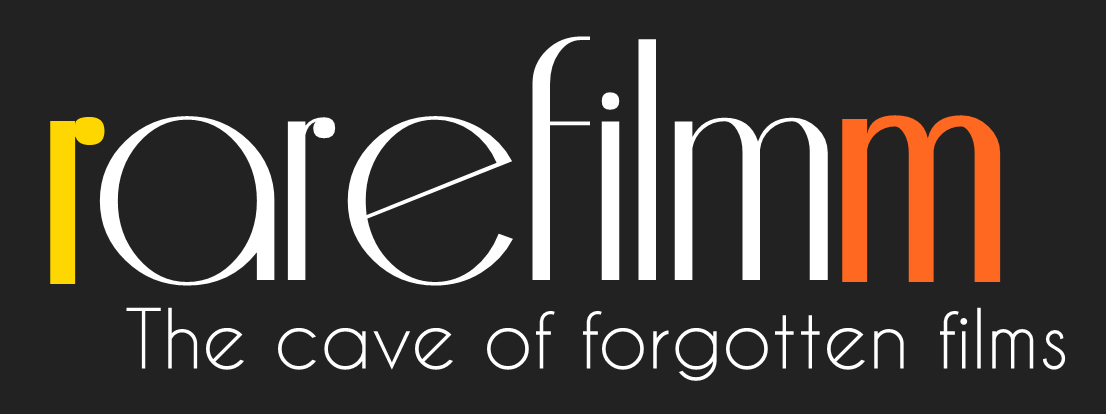Shot in Lebanon in 1975 just before the civil war, director Johan van der Keuken delivers an account of the complexities surrounding the ‘Palestinian issue’, touching most vitally on the global interests, fluxes of oil, and explores the European origins of the troubles in Palestine.
Category: Documentary
On the eve of World War I, Jews in European ghettos and market towns were transfixed by a new sensation: motion picture images from Palestine. Many had never seen a movie before and some cried as they escaped the cold Russian landscape for a moment, on a celluloid pilgrimage to the land of milk and honey.
The daily life in the primary school of Taillères, in the La Brévine valley, is filmed over the course of an entire school year, from 1959 to 1960. Henry Brandt’s film, which won the Vela d’argento in Locarno in 1961, is a unique testimony to pedagogical processes, with a tender observation of the relationship between the young protagonists, their place of birth and the adult world.
Documentary on history and culture of the gypsy communities worldwide. Part One takes us on a search for the lost gypsy tribes of Egypt, up the Nile to the ancient town of Luxor in the shadow of the great Pharaoh’s tombs. Along the way, we meet dancing girls and acrobats, magicians, fortune-tellers and even mystics performing an exorcism. Part Two is a penetrating, provocative tour of a fabled people’s existence. It reveals the prejudice they still face daily and which they combat with the lyrics and music they have carried and adapted on their long migrations.
A retrospective look at the film-making movement in Carlton during the 1960s/1970s, the filmmakers and the influences that inspired and motivated them. Includes an examination of the life and work of neo-realist Giorgio Mangiamele, and the French new wave styles of Brian Davies, Peter Carmody, Antony I. Ginnane, Peter Elliot, James Clayden, Nigel Buesst, David Minter. An assembly of extracts from several of the Carlton films are juxtaposed with pieces of Godard’s early films revealing much about a fascinating period of Melbourne filmmaking.
The followers of religious leader Jacob Hutter live in farm communities, devoutly holding to the rules their founder laid down four centuries ago. Through the kindness of a Hutterite colony in Alberta, this film, in black and white, was made inside the community and shows all aspects of the Hutterites’ daily life.
Between October 11 and November 5 of 1968, teenager Norio Nagayama murdered four people in a killing spree across Japan with a shotgun stolen from a U.S. Army base. Adachi Masao, together with cultural theorist Matsuda Masao, scriptwriter Sasaki Mamoru and other collaborators, set out to trace the young man’s footsteps with a camera in hand. The result is an experimental documentary comprised purely of landscape shots, each of which shows scenery that Nagayama may or may not have seen during his upbringing and journey. Seeking an alternative to the sensationalism found in the media’s depiction of serial killers (which continues to this day), Adachi’s sparse voice-over provides only the hard facts while the increasing number of billboards in the landscapes slowly reveal the hegemony of capitalism in contemporary Japan.
This television essay from 1985 was written by Leonard Bernstein to commemorate the 125th anniversary of Gustav Mahler’s birth. Recorded in Israel, Vienna and later in London, it is punctuated by biographical interludes and illustrated by musical examples drawn from the cycle of Mahler’s works recorded by Bernstein. Bernstein talks, plays and conducts various orchestras (Israel Philharmonic Orchestra, London Philharmonic Orchestra, Wiener Philharmoniker) and soloists (Janet Baker, Christa Ludwig, Edith Mathis, Lucia Popp, Walton Groenroos) in performances spanning 17 years.

 For any questions or requests you can always find me at rarefilmm@gmail.com. Stay tuned for those new movies! Thank you once again for all the love and support and thanks a lot to everyone who keeps spreading the word about the site, the rarefilmm community is truly amazing, I'm very grateful for all your love and support
For any questions or requests you can always find me at rarefilmm@gmail.com. Stay tuned for those new movies! Thank you once again for all the love and support and thanks a lot to everyone who keeps spreading the word about the site, the rarefilmm community is truly amazing, I'm very grateful for all your love and support 
